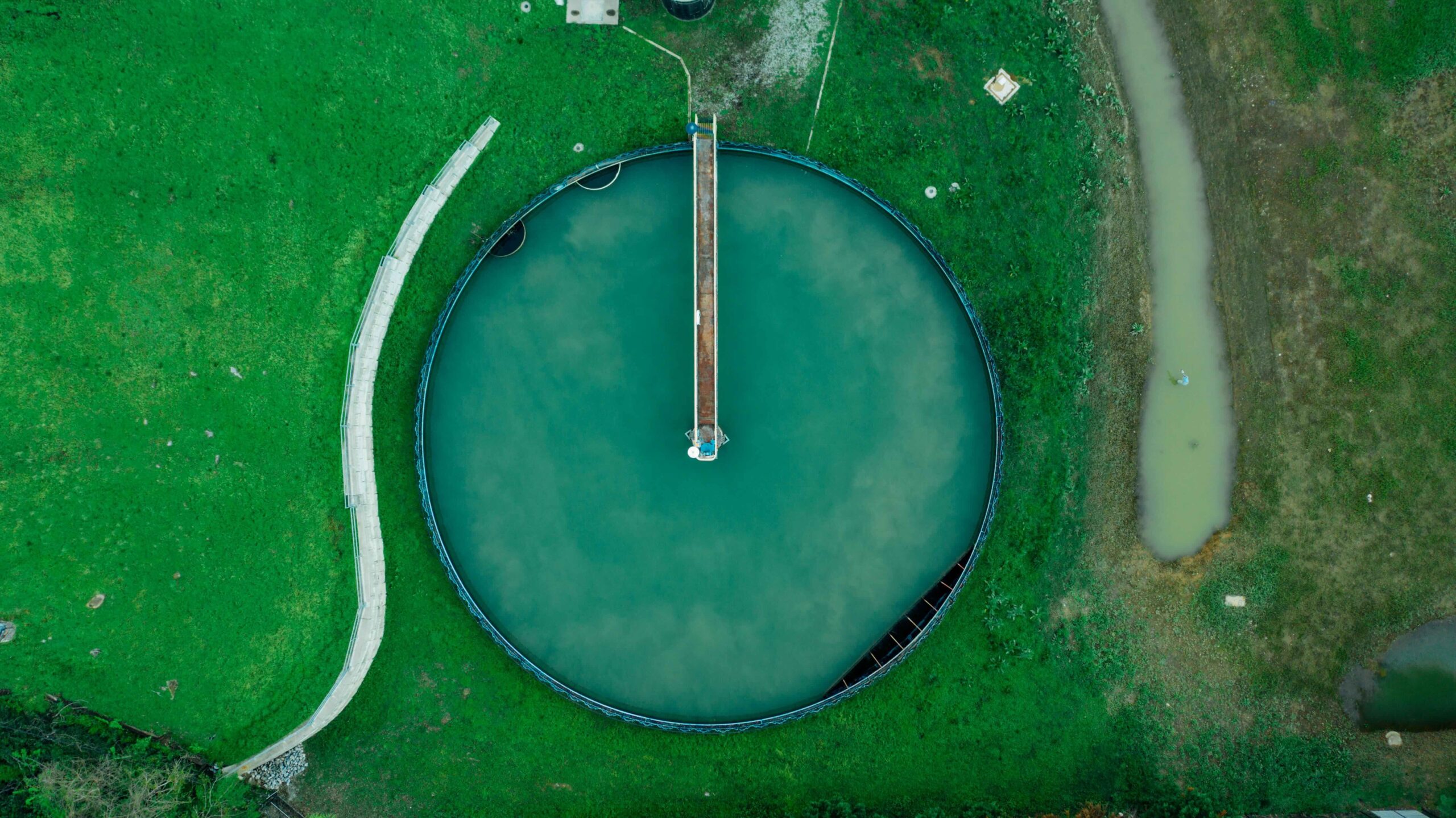The University of Maryland recently completed a study, “Reclaimed Water Use Regulations in the U.S.: Evaluating Changes and Regional Patterns in Patchwork State Policies from 2004–2023,” offering a comprehensive overview of the changing legal landscape of reclaimed water use across the U.S. (Thilmany, Newton, Goeringer, Rosenberg Goldstein, 2024). Reclaimed water is treated municipal wastewater that can be used again, often known as water reuse. As states contend with drought pressures and growing populations, reclaimed water can often be a valuable source of irrigation water for agricultural operations (Bastian & Murray, 2012). With no federal regulations, only federal guidelines provided by the Environmental Protection Agency (EPA), states have adopted various approaches for reusing water as a potential irrigation source (Bastian & Murray, 2012). As a part of this work, resources were developed to enable stakeholders and policymakers to clarify state water reuse regulations and highlight areas adopting direct reclaimed water regulations which can improve agricultural resilience.
Reclaimed water is increasingly vital for U.S. agriculture, which consumes 42% of surface and groundwater (Dieter et al., 2018). Between 2012 and 2023, the number of states allowing food crop irrigation rose from 16 to 23, signaling wider acceptance and integration into agricultural practices (Thilmany et al., 2024). Additionally, as of November 2023, 37 states (74%) enacted direct, statewide reclaimed water use regulations, 4 states (8%) established only guidelines, and 9 states (18%) had no regulations or guidelines concerning reclaimed water use, reflecting a diverse regulatory environment (Figure 1).
Figure 1 – Distribution of states with reclaimed water guidelines or regulations, 2004-2023

In looking at the regulatory landscape for reclaimed water based on geographic location, interesting results arise (Figure 2). For instance, potentially due to trends in water scarcity and increases in freshwater demand, New Mexico and Texas have directly regulated the use of reclaimed water (USDA-NASS, 2018). In contrast, states like Arkansas and Mississippi do not have direct regulations of reclaimed water as of 2023 (Figure 2). The spatio-temporal variability among states adopting reclaimed water regulations highlights the need for policies tailored to each region’s unique environmental and agricultural conditions, as demonstrated by the diverse approaches in the southern U.S.
Figure 2 – State reclaimed water regulations for agricultural uses in 2023.

As a result of this study, the University of Maryland created the “CONSERVE Map Regulation Projects Reclaimed Wastewater Database” [go.umd.edu/CONSERVE_map]. This database includes detailed classifications and regulations essential for analyzing reclaimed water regulation trends and informing policy-making. At the same time, producers can utilize the database to understand better if water reuse is allowed in their state. This database can be paired with additional data sources on water demand, food production, and drought conditions to provide policymakers with valuable insights to optimize reclaimed water use in the future.
Funding statement: This work was supported by the United States Department of Agriculture-National Institute of Food and Agriculture, Grant number 2016-68007-25064, awarded to the University of Maryland School of Public Health that established CONSERVE: A Center of Excellence at the Nexus of Sustainable Reclaimed water use, Food and Health. The University of Maryland also supports this work: MPowering the State, a strategic alliance between UMB and UMCP created in 2012 to significantly expand research, business development, and student opportunities at both universities.
References:
Bastian, R.; Murray, D. Guidelines for Reclaimed Water Use; U.S. EPA Office of Research and Development: Washington, DC, USA, 2012; EPA/600/R-12/618.
Dieter, C.A.; Maupin, M.A.; Caldwell, R.R.; Harris, M.A.; Ivahnenko, T.I.; Lovelace, J.K.; Barber, N.L.; Linsey, K.S.Estimated Use of Water in the United States in 2015; U.S. Geological Survey Circular; U.S. Geological Survey: Reston, VA, USA, 2018; p. 1441, [Supersedes USGS Open-File Report 2017–1131].
Thilmany EA, Newton S, Goeringer P, Rosenberg Goldstein RE. Reclaimed Water Use Regulations in the U.S.: Evaluating Changes and Regional Patterns in Patchwork State Policies from 2004–2023. Water. 2024; 16(2):334. https://doi.org/10.3390/w16020334
USDA National Agricultural Statistics Service (USDA-NASS). 2018 Irrigation and Water Management Survey. 2019. Available online: https://www.nass.usda.gov/Publications/AgCensus/2017/Online_Resources/Farm_and_Ranch_Irrigation_Survey/index.php (accessed on 20 June 2023).
Thilmany, Elizabeth, and Paul Goeringer. “A Thirst for Change: The Rise of Reclaimed Water Regulations in the U.S.” Southern Ag Today 4(18.5). May 3, 2024. Permalink

